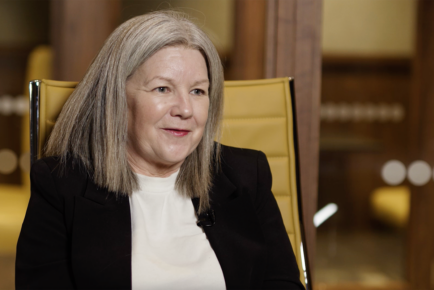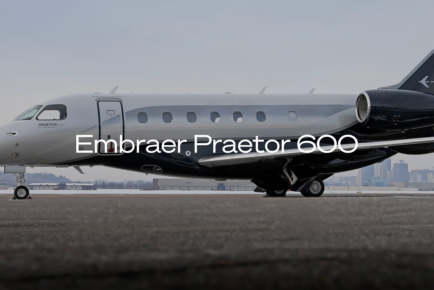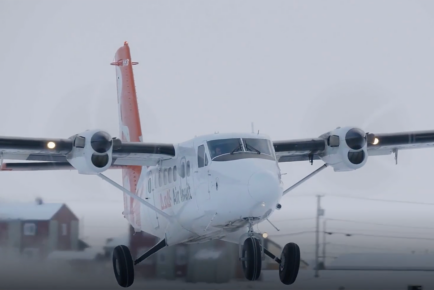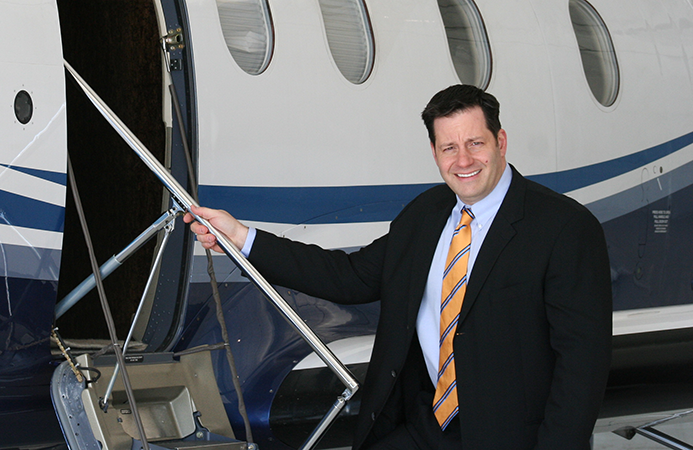
Written by Tom Hague, Wings Insurance Director of Sales
While hull and liability insurance are vital for every aircraft owner, be sure you have the best possible policy for your needs before signing anything. Tom Hauge, Vice President/National Sales Director of Sales for Wings Insurance, shares his expertise in aviation insurance and highlights the small print and limitations you need to be aware of.
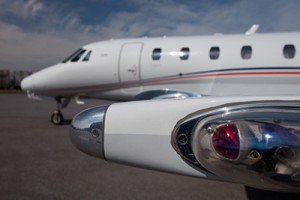 The aviation market is unique and when considering insurance, without a doubt, the first step is choosing an insurance broker that really understands the market. When you are insuring an aircraft worth anywhere up to $70 million, you need to be confident that your broker has secured the correct policy for your needs.
The aviation market is unique and when considering insurance, without a doubt, the first step is choosing an insurance broker that really understands the market. When you are insuring an aircraft worth anywhere up to $70 million, you need to be confident that your broker has secured the correct policy for your needs.
Beyond hull insurance, where most claims are made, the amount of liability coverage you go for is of significant consideration. One of the questions I get asked most is “How much liability insurance should I carry?” You can only figure that out once you have considered the three main factors: the experience of your pilot, where you intend to operate the aircraft and how you will use your aircraft, either private use or for charter.
Those operating aircraft for charter, under Part 135, will carry higher liability insurance, anywhere between $100-300m typically – depending on the type of equipment that is being operated and the number of seats onboard. This is essential when everyone travelling in the back is effectively a third party and can litigate against the charter company and potentially the leaseback owner (aircraft owner).
Even for customers who are using their aircraft for private use (i.e. Part 91 operators), I still advise them to secure the highest possible liability coverage, one that oftentimes will parallel what a charter operator using the same equipment might carry. At the end of the day liability insurance is not the expensive part. It’s actually the hull insurance that carries the highest premium since there is where most of the claims are made.
It’s vital that your insurance has global coverage if you intend to fly in all regions. Usually for business aviation this is the case, but as any good broker will advise, you need to be aware of any territory restrictions. There are several blacklisted countries that will not be covered by your insurance and there are also additional premiums incurred in certain counties and regions. To be prepared, make sure that you are covered in all the regions you intend to visit and that all premiums are in place.
A quick note to add is that on top of making sure you are in full compliance with your insurance policy, you also need to make sure you are in compliance with the regulations set by the industry in each region.
What are your top five tips to finding the right insurance broker?
1. Select a broker with a sizeable book of business and significant market presence. Check the broker’s references from industry related contacts you may have, such as aviation finance, aviation tax and legal partners. Generally speaking, a broker that has a strong presence in the market will be well known by these groups.
2. Your broker needs to have solid aviation experience, as a pilot or other aviation-related background. When it comes to negotiating with the underwriter for your particular risk, it helps greatly to have an experienced broker who can paint the right picture to describe your exact claim or policy needs.
3. Make sure they have a global network and thorough understanding of the local markets. You always have to take into account that requirements vary from region to region. You’ll be doing yourself a disservice working with a regional broker if you are intending to operate globally.
4. Select a broker that frequently handles the type of insurance you are seeking and deals with the underwriters that you need. There are only five or six A-rated underwriters in the world that can insure to the levels business aviation hull and liability coverage requires. Make sure your broker has good relationships with them all.
5. With any aviation insurance placement there is a fair amount of negotiation that goes into policies of this size. Your broker needs to be able to negotiate between the different underwriting companies for the best deal possible. I strongly suggest working with a broker that is sales-oriented, not an order taker. The art of negotiating the best policy with the different underwriting companies involves a deep understanding of the market and strong negotiating and salesmanship skills.
Note on Premiums in 2014:
Right now, in Q1 2014, premiums are at the lowest they have been for the past 10-12 years. We are in the bottom of the bell curve right now and they can’t go any lower. The good news is that business aviation has seen very few catastrophic losses over the last 10 years and there hasn’t been anything substantial to jilt the market. I don’t expect any further softness in the market, but I also don’t see anything that will force premiums upward either. Just like it is currently, a buyers’ market for aircraft it is also a buyers’ market for insurance.

Tom Hague, Director of Sales, Wings Insurance
14871 Pioneer Trail, Eden Prairie, MN 55347
www.wingsinsurance.aero +1 952 942 8800
SIGN UP FOR OUR MONTHLY JETSTREAM RECAP
Don't miss future Jetstream articles. Sign up for our Jetcraft News mailing list to receive a monthly eblast with links to our latest articles. Click to join the 1,800+ subscribers on our mailing list.

